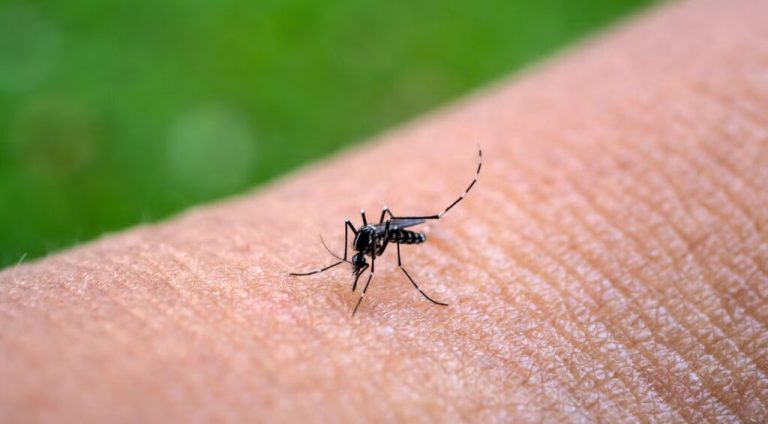A fast-spreading outbreak of chikungunya, a mosquito-borne viral disease, is triggering international concern as it expands from the Indian Ocean islands to Africa and parts of Asia, the World Health Organization (WHO) warned on Tuesday.
Dr. Diana Rojas Alvarez, WHO’s lead expert on arboviruses, revealed during a press briefing in Geneva that nearly two-thirds of the population on the French overseas territory of Réunion Island has been infected in the past year. Major outbreaks have also been recorded on Mayotte and Mauritius.
“This is reminiscent of the major global outbreak that began 20 years ago in the same region and went on to affect over half a million people,” Dr. Alvarez said. “We are now witnessing similar patterns as the virus spreads into Madagascar, Somalia, Kenya, and across South and Southeast Asia — including India, Bangladesh, and Sri Lanka.”
As of this year, Réunion has recorded 54,410 confirmed cases, with 2,860 emergency visits, 578 hospitalisations, and 28 deaths, according to data from the Pacific Community (SPC).
Worryingly, chikungunya cases have recently been detected in France and Italy among people with no travel history to the outbreak zones — raising fears of local transmission in non-endemic regions where physicians may be unfamiliar with the disease, potentially delaying diagnosis.
The chikungunya virus is transmitted by Aedes mosquitoes. Infected individuals can also pass the virus back to mosquitoes that bite them, fueling further transmission. First identified in Tanzania in the 1950s, the virus has since spread to 119 countries, with roughly 5.6 billion people currently living in areas at risk.
Dr. Alvarez explained that the disease causes high fever, severe joint and muscle pain, rash, and profound fatigue. While symptoms are typically acute, up to 40% of patients may experience long-term joint pain and complications lasting months or even years.
Why prevention remains the only shield
“There is no specific treatment for chikungunya,” Alvarez said. “Prevention remains our best defence — and urgent action is needed now to avoid a repeat of the global spread we witnessed two decades ago.”
Key preventive strategies include the use of insect repellent, wearing protective clothing, screening windows and doors, and removing standing water from containers such as tyres, buckets, and flower pots that serve as breeding sites for mosquitoes.
Although two vaccines for chikungunya have received regulatory approval in several countries, they have not yet been recommended for worldwide use due to limited data on efficacy. WHO’s Strategic Advisory Group of Experts (SAGE) is scheduled to review available evidence in the coming weeks to guide future vaccination policy.
In the interim, WHO is working with affected countries to strengthen laboratory diagnostics, mosquito control, risk communication, community engagement, and clinical training.
“We still have an opportunity to contain this,” Alvarez emphasised. “But that window is narrowing fast.”


